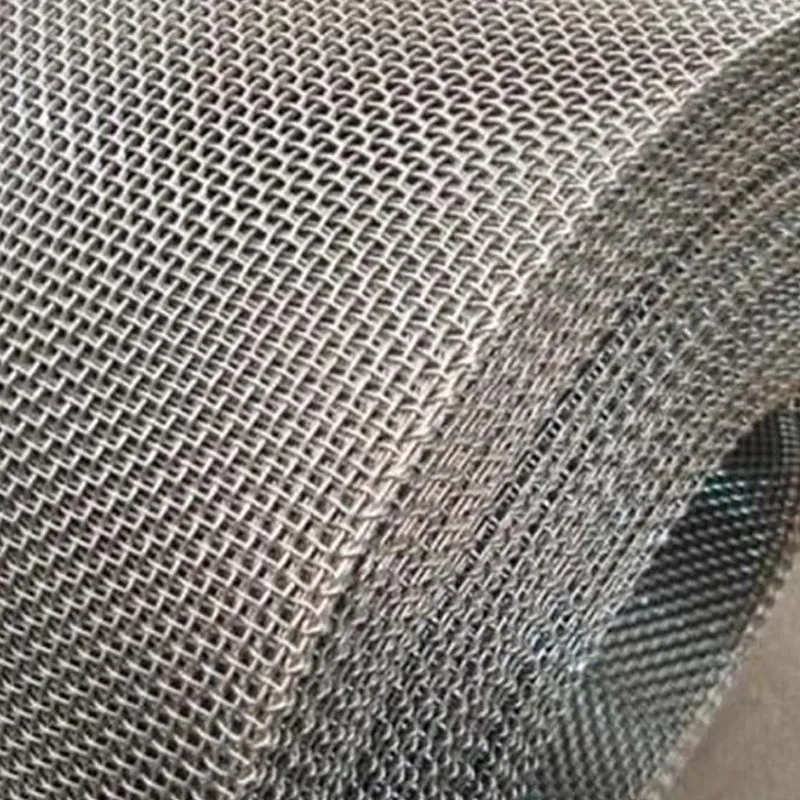Understanding Perforated Corrugated Sheets Applications and Advantages
Perforated corrugated sheets are versatile materials that have gained popularity across various industries due to their unique properties and functional advantages. As the name suggests, these sheets feature a series of perforations along their surface, combined with a corrugated structure that enhances their strength and rigidity. This article explores the characteristics, benefits, applications, and potential drawbacks of perforated corrugated sheets, shedding light on why they are a preferred choice in many applications.
Characteristics of Perforated Corrugated Sheets
Perforated corrugated sheets are typically made from materials such as metal, plastic, or fiberglass. The corrugated design, characterized by alternating ridges and grooves, allows for greater structural support and load-bearing capabilities. The addition of perforations—small holes or slots punched into the surface—enables improved airflow, sound attenuation, and aesthetic appeal.
These sheets can be customized in various sizes, thicknesses, and perforation patterns to suit specific needs. The choice of material often influences the sheet's durability, resistance to corrosion, and other physical properties. For example, aluminum perforated corrugated sheets are lightweight and resistant to rust, making them ideal for outdoor applications, while PVC options offer higher resistance to chemicals.
Benefits of Perforated Corrugated Sheets
One of the primary advantages of perforated corrugated sheets is their lightweight nature. This characteristic simplifies handling and installation, which can be crucial in large-scale projects where efficiency is a priority. Despite their lightness, these sheets provide exceptional strength, making them suitable for protective coverings and structural applications.
Another key benefit is the enhanced ventilation and drainage capabilities offered by the perforations. This quality makes perforated corrugated sheets an excellent choice for applications requiring airflow, such as in agricultural settings for greenhouses or ventilation systems in buildings. The ability to allow light while providing shelter from direct sunlight also contributes to more controlled environments in various applications.
These sheets are also aesthetically versatile. The perforation patterns can be designed to create artistic effects, which can be desirable in architectural elements and landscaping features. In terms of soundproofing, the combination of corrugation and perforation helps in reducing noise pollution, making them suitable for use in a variety of settings, including residential, commercial, and industrial areas.
perforated corrugated sheet

Applications of Perforated Corrugated Sheets
The applications of perforated corrugated sheets are vast and varied. In the construction industry, they are used for roofing, wall cladding, and fencing. The integration of these sheets can enhance the building's aesthetic value while simultaneously fulfilling functional requirements, such as thermal insulation and weather resistance.
Within the agricultural sector, perforated corrugated sheets can be utilized in the manufacturing of greenhouse structures. Their ability to provide protection from pests while allowing sunlight and air to circulate makes them an invaluable resource. Additionally, in waste management and recycling facilities, these sheets help with the separation and sorting of materials through enhanced drainage.
In the automotive industry, perforated corrugated sheets are employed in manufacturing parts that require both strength and lightweight properties. Their ability to facilitate airflow while maintaining structural integrity makes them suitable for applications such as grilles and body panels.
Potential Drawbacks
While perforated corrugated sheets offer numerous advantages, they are not without their limitations. The effectiveness of these sheets can be compromised if the perforation patterns are not well-designed or properly placed. Insufficient spacing may lead to clogging or blockage, reducing their functionality, especially in applications where drainage or airflow is critical.
Additionally, depending on the type of material used, the durability of these sheets can vary. For instance, while metal sheets provide high strength and longevity, they may be susceptible to rust and corrosion if not properly treated or maintained. Therefore, choosing the right material and ensuring proper care are essential for maximizing the lifespan of perforated corrugated sheets.
Conclusion
Perforated corrugated sheets offer an innovative solution in various fields, balancing aesthetics with functional benefits. Their lightweight nature, combined with their strength and versatility, makes them a popular choice in construction, agriculture, and manufacturing. While they come with certain limitations, understanding their applications and properties can help ensure effective utilization. As industries continue to evolve, the demand for such multifunctional materials is likely to grow, highlighting the importance of perforated corrugated sheets in modern design and engineering practices.

















